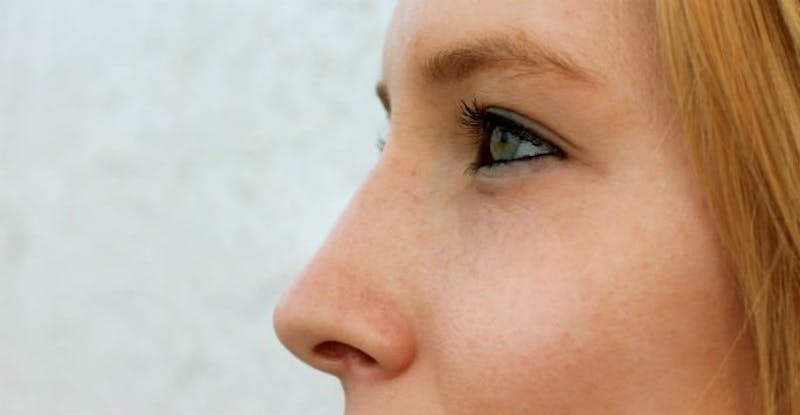Rhinoplasty: Before and After an External Approach
We discuss everything from rhinoplasty techniques to how long dermal fillers last in our detailed and informative blogs.

Rhinoplasty, the art of changing the outside appearance of the nose, continues to be very popular. Fortunately, more and more patients are gravitating toward a natural result versus the overdone looks of yesteryear. The approach to rhinoplasty is variable based on the needs of the patient. The closed approach, with no external scar across the columella, is one of the original approaches to rhinoplasty and is still useful in certain instances in my practice. The external approach which involves an incision across the columella to approach the rest of the nose is very helpful for full visualization of the nasal structure. I will discuss the benefits and risks of both approaches. The closed approach is the perfect approach for patients with very little to do and want a very natural result. It is ideal in patients with medium thickness skin desiring hump reduction and minimal to no change in the tip of the nose. It is also useful for patients that desire narrowing of the alar base, or nostrils, with no change in the tip of the nose. In these patients the nasal bones located in the upper third of the nose are narrowed as well in order to keep harmony and balance in the appearance of the nose. It is also used in revision rhinoplasty cases where the patient has only some dorsal (the bridge of the nose) irregularity to improve. The external, or open, approach is used for a variety of patients with differing needs. It is very helpful for patients with a crooked nasal deformity for which I may use a spreader graft or need to place sutures in the middle portion of the nose. The external approach is also my choice for patients with a bulbous tip desiring distinct changes in the tip. In these instances, the open approach facilitates placement of sutures and use of cartilage grafts when needed. The open approach also helps the patient with the droopy nose. In these instances, through the use of a cartilage extender or the septum that is located in the midline of the nose, the nose can get support for the tip and help to prevent further droop. These are just a few of the reasons why I choose one approach over the other. The ultimate decision is made upon taking the history and performing an examination of the patient. Using the desires of the patient to work from, computer imaging is performed based on the desires and the patient anatomy. Realistic expectations are set and the image is used during surgery to achieve the desired result. The incision in the open approach is thin and heals well in most patients. Patients that are prone to poor scar formation will typically use a scar gel to allow for reduction of redness and improved healing of the scar. Ultimately the decision is based on what is needed and not whether there will be a scar present as the appearance of the scar is usually negligible. The majority of the patients forget that an incision was ever made externally. The post Patient shown before and after an external approach to rhinoplasty. The incision is well healed. appeared first on Chevy Chase Facial Plastic Surgery.
